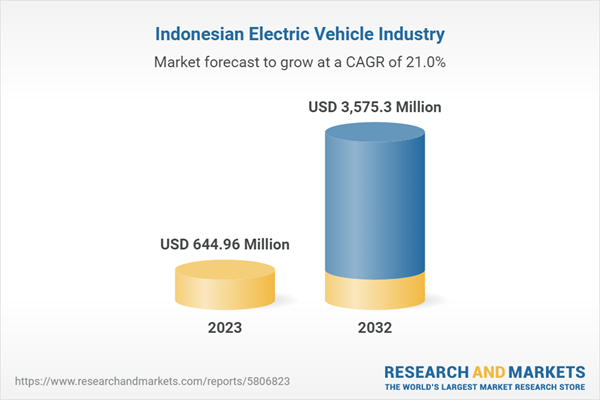The Indonesian government strongly supports the development of the electric vehicle industry, and the government plans to build an all-electric bus fleet for Jakarta's metropolitan public transportation system in less than seven years, requiring 14,000 electric buses to achieve this goal. State-owned electric utility PLN has also committed to installing 31,000 additional electric vehicle charging stations by 2030. PLN has provided $3.7 billion in commercial and public sector investments in Indonesia to meet its 10-year commitment.
In addition, various government programs to increase the capacity of electric vehicles are underway. Various government support policies have also attracted a number of international automotive giants to Indonesia. Hyundai and LG, two Korean conglomerates, have signed a memorandum of understanding with the Indonesian government to form a joint venture company in Karawang, West Java specializing in electric vehicle battery production. The $1.1 billion company plans to produce more than 150,000 electric car batteries annually.
In addition, the Indonesian government is attempting to reduce emissions by 29% over the next decade, which is also conducive to the rapid growth of the electric vehicle market. The analyst forecasts that electric vehicle sales in Indonesia will surge in the coming years. Electric passenger car sales are expected to reach 250,000 units in 2030, accounting for 16 percent of all new passenger car sales, while demand for electric motorcycles is expected to reach 1.9 million units, accounting for 30 percent of all new two-wheelers sold. The analyst expects the market size of electric vehicles in Indonesia to reach USD 2.02 billion by 2029, growing at a CAGR of 20.96% from 2022-2029.
According to the analyst, the market size of electric vehicles industry will reach US$ 3,575.26 million in 2032 and the CAGR in 2023 to 2032 is 20.96%.
Topics Covered
- Indonesia Electric Vehicle Industry Overview
- The Economic and Policy Environment of the Electric Vehicle Industry in Indonesia
- What is the impact of COVID-19 on the electric vehicle industry in Indonesia?
- Indonesia Electric Vehicle Industry Market Size 2023-2032
- Analysis of major Indonesian electric vehicle industry manufacturers
- Key Drivers and Market Opportunities in Indonesia's Electric Vehicle Industry
- What are the key drivers, challenges and opportunities for Indonesia's electric vehicle industry during the forecast period 2023-2032?
- Which companies are the key players in the Indonesian Electric Vehicle industry market and what are their competitive advantages?
- What is the expected revenue of Indonesia Electric Vehicle Industry market during the forecast period 2023-2032?
- What are the strategies adopted by the key players in the market to increase their market share in the industry?
- Which segment of the Indonesia Electric Vehicle Industry market is expected to dominate the market by 2032?
- What are the main negative factors facing the electric vehicle industry in Indonesia?
Companies Mentioned
- DFSK Motors
Methodology
Background research defines the range of products and industries, which proposes the key points of the research. Proper classification will help clients understand the industry and products in the report.
Secondhand material research is a necessary way to push the project into fast progress. The analyst always chooses the data source carefully. Most secondhand data they quote is sourced from an authority in a specific industry or public data source from governments, industrial associations, etc. For some new or niche fields, they also "double-check" data sources and logics before they show them to clients.
Primary research is the key to solve questions, which largely influence the research outputs. The analyst may use methods like mathematics, logical reasoning, scenario thinking, to confirm key data and make the data credible.
The data model is an important analysis method. Calculating through data models with different factors weights can guarantee the outputs objective.
The analyst optimizes the following methods and steps in executing research projects and also forms many special information gathering and processing methods.
1. Analyze the life cycle of the industry to understand the development phase and space.
2. Grasp the key indexes evaluating the market to position clients in the market and formulate development plans
3. Economic, political, social and cultural factors
4. Competitors like a mirror that reflects the overall market and also market differences.
5. Inside and outside the industry, upstream and downstream of the industry chain, show inner competitions
6. Proper estimation of the future is good guidance for strategic planning.

LOADING...
Table Information
| Report Attribute | Details |
|---|---|
| No. of Pages | 60 |
| Published | May 2023 |
| Forecast Period | 2023 - 2032 |
| Estimated Market Value ( USD | $ 644.96 Million |
| Forecasted Market Value ( USD | $ 3575.3 Million |
| Compound Annual Growth Rate | 20.9% |
| Regions Covered | Indonesia |









